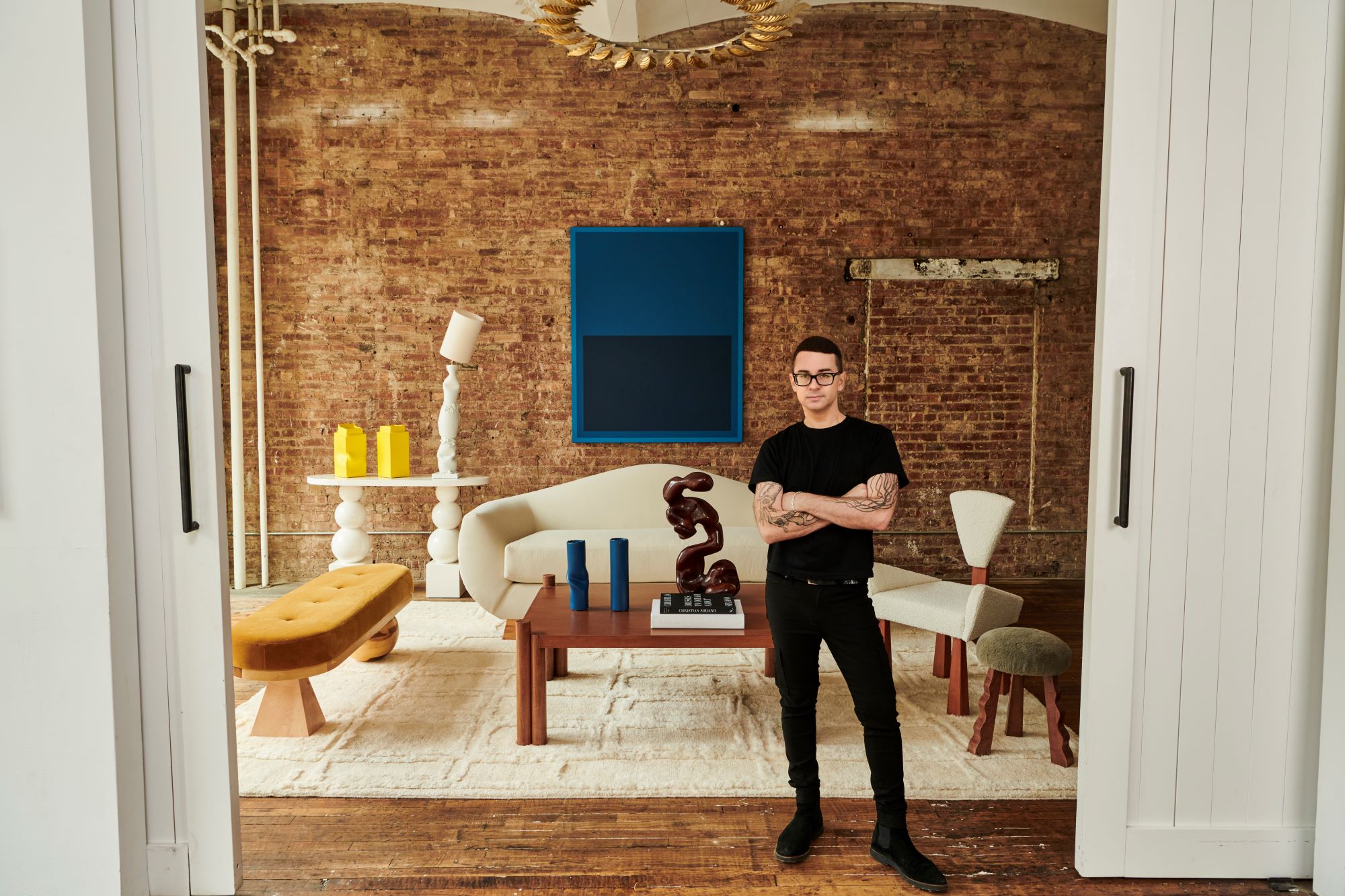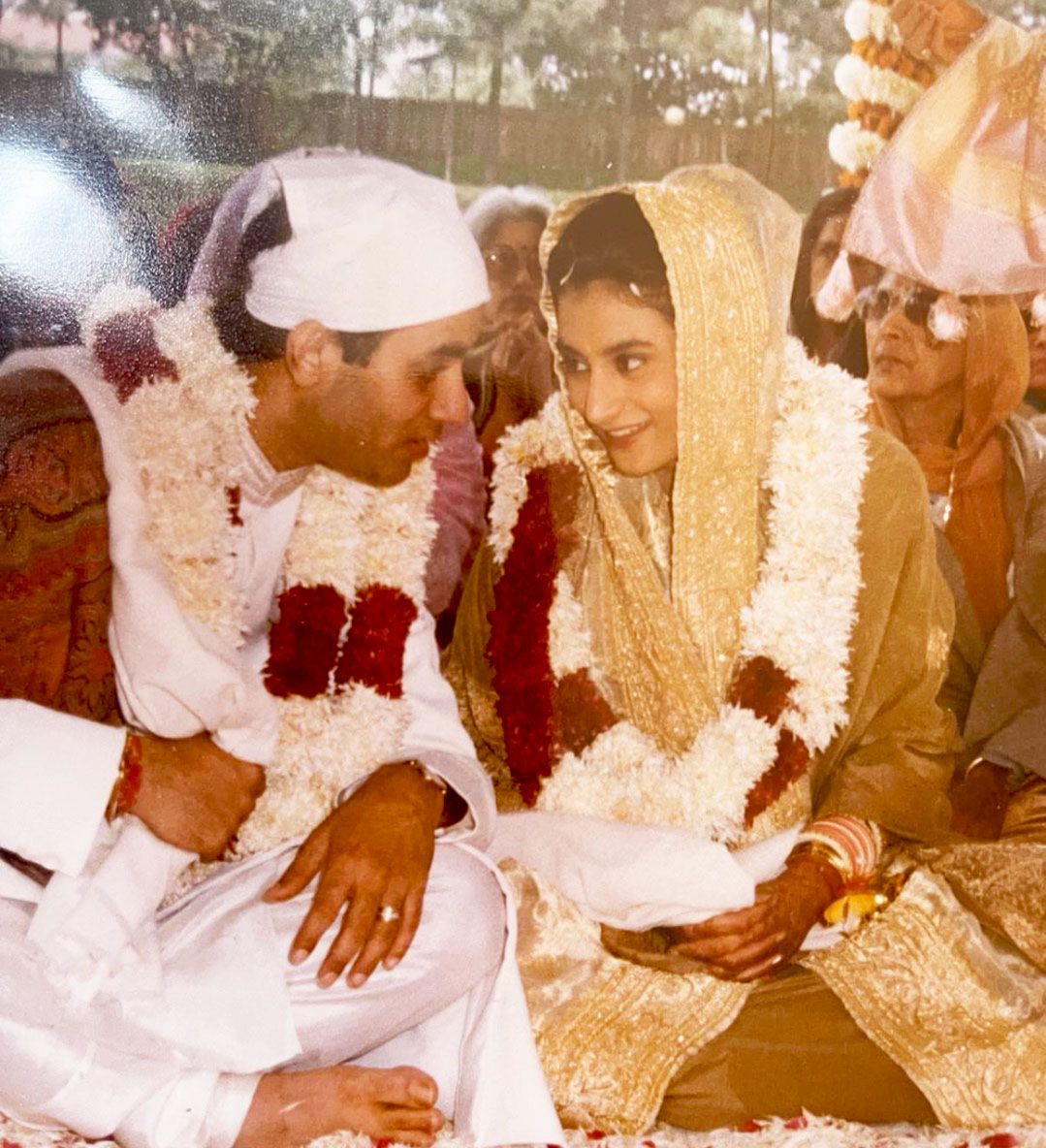CFDA & LeSportsac Launch Capital of Creativity Series
May 17, 2024
Aldo Araujo
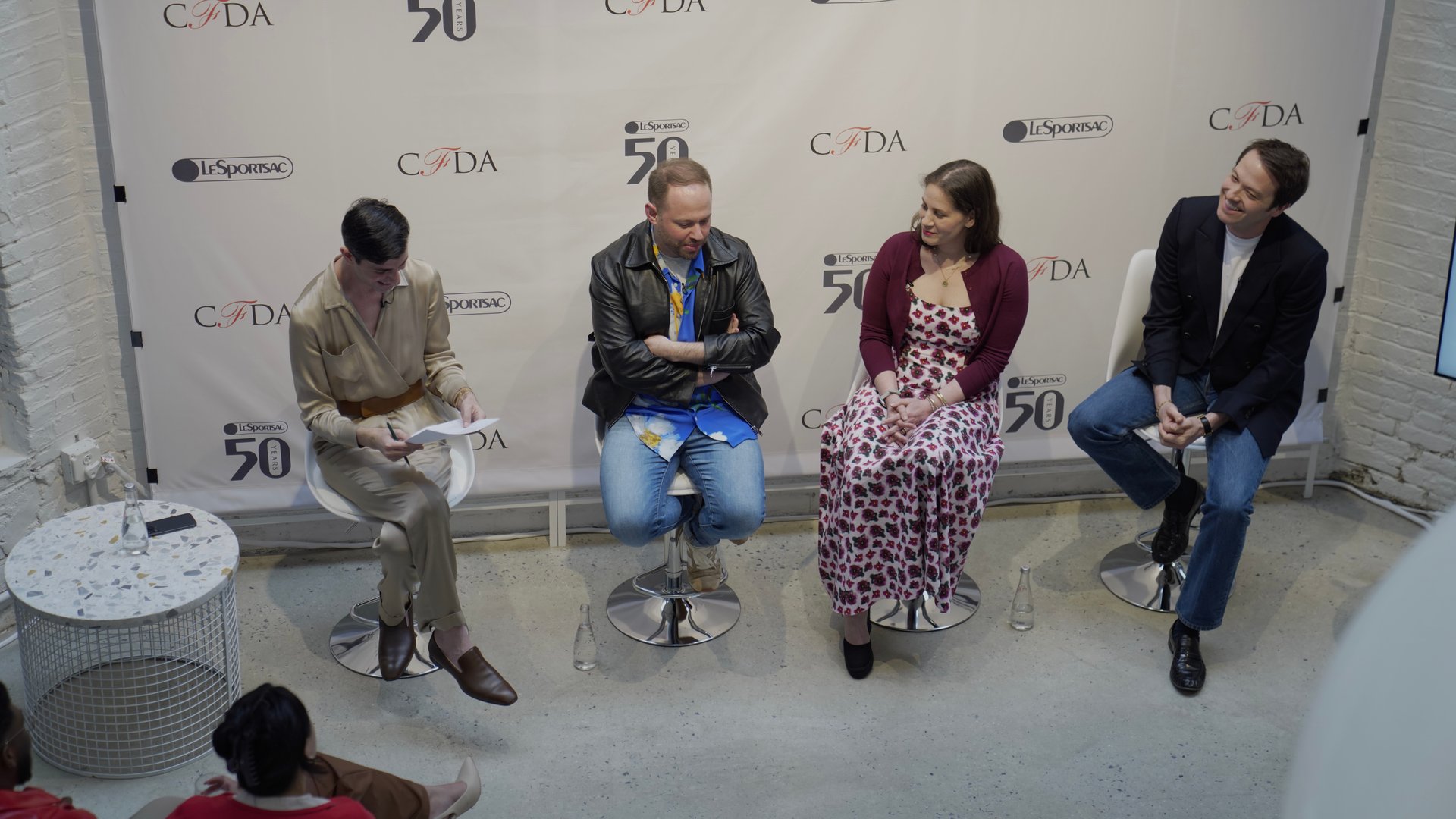








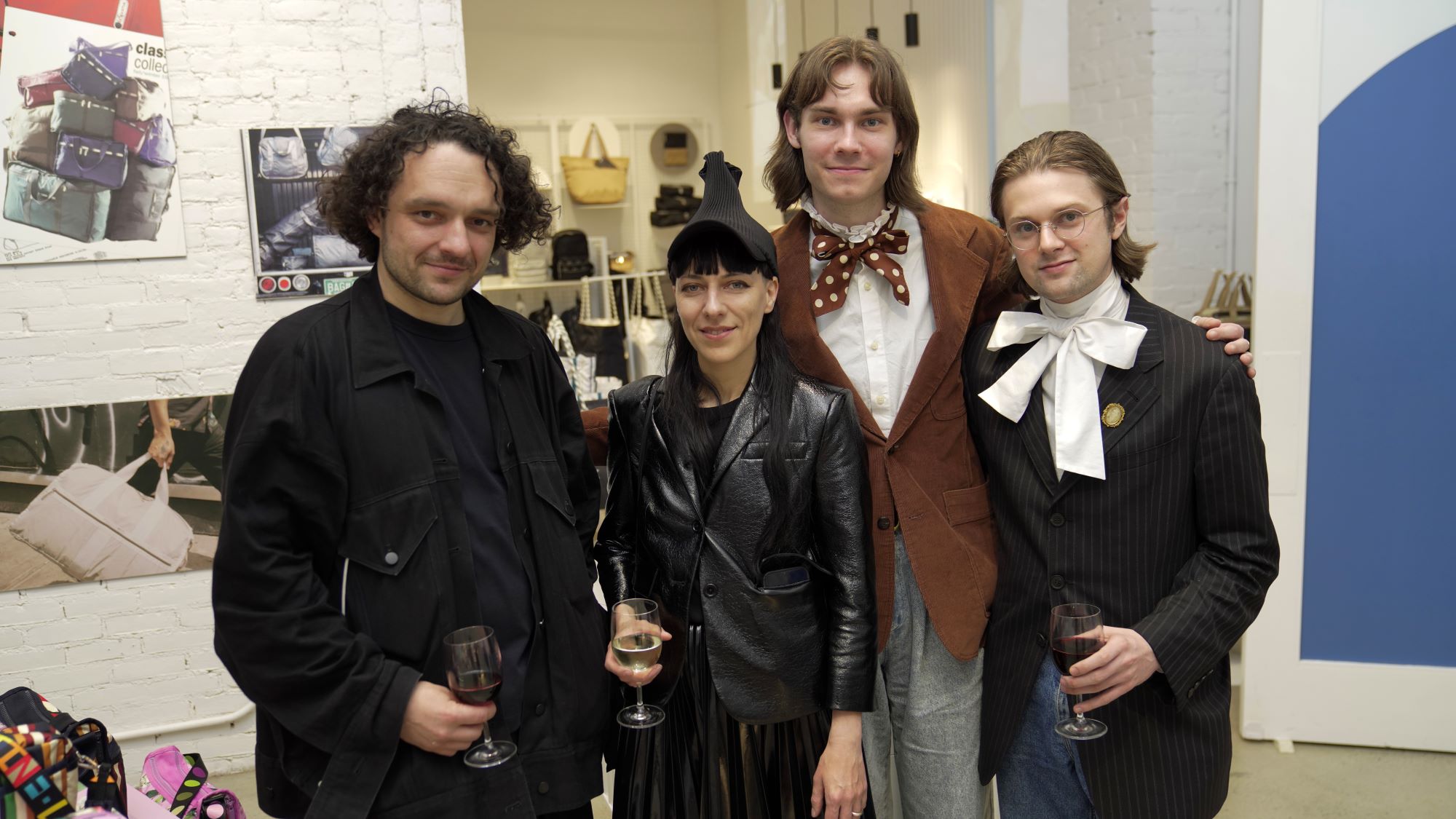

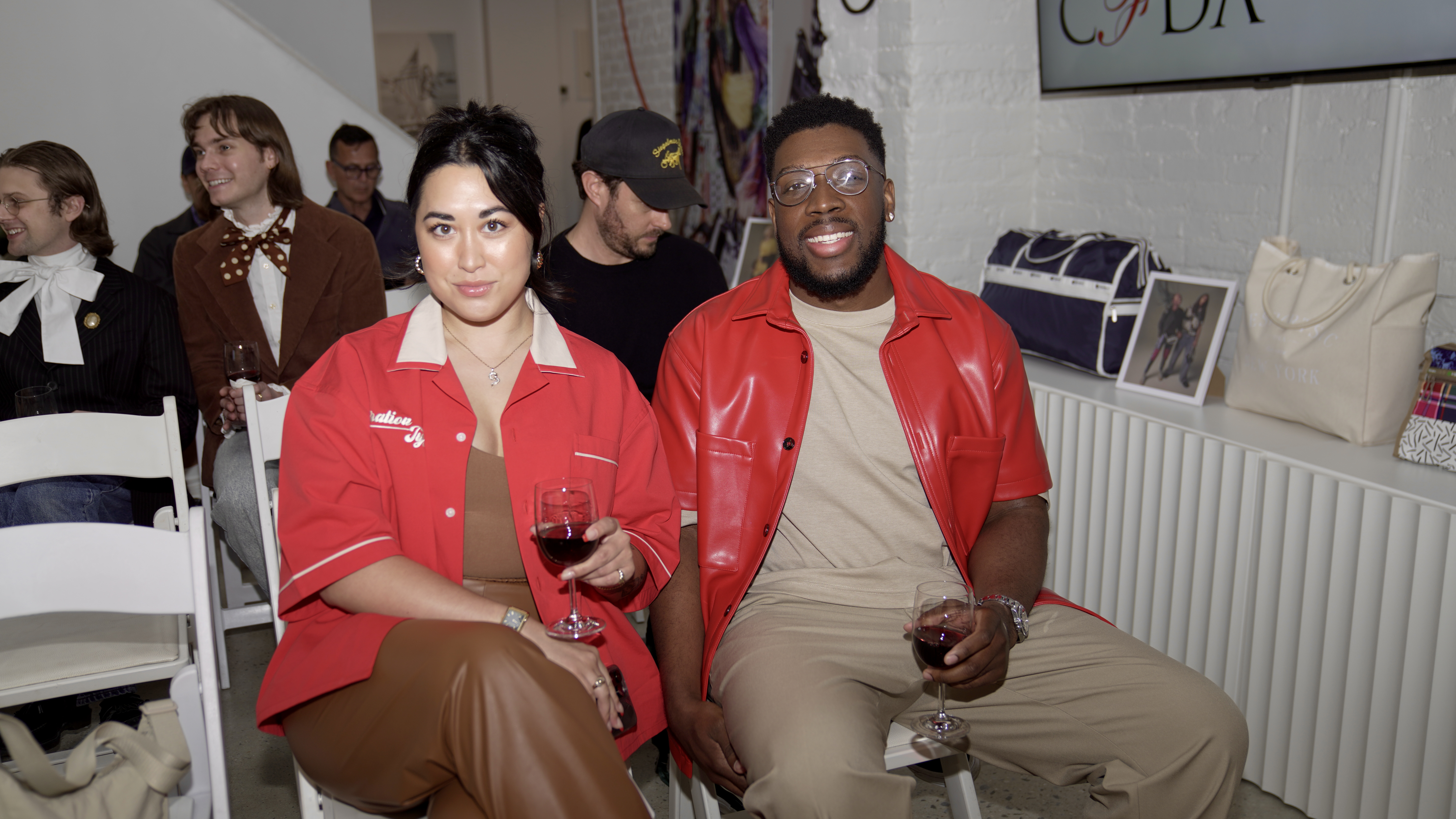
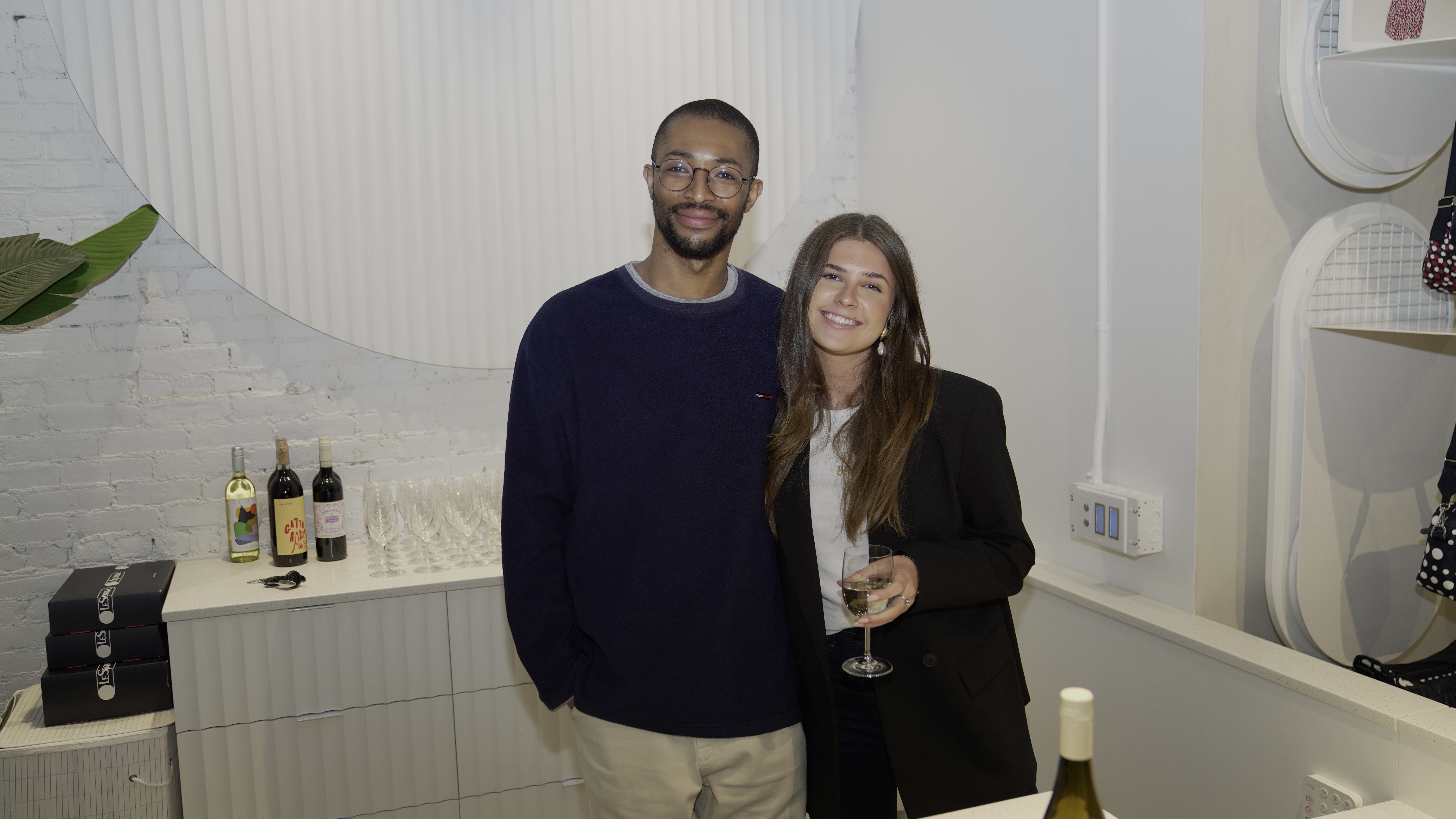
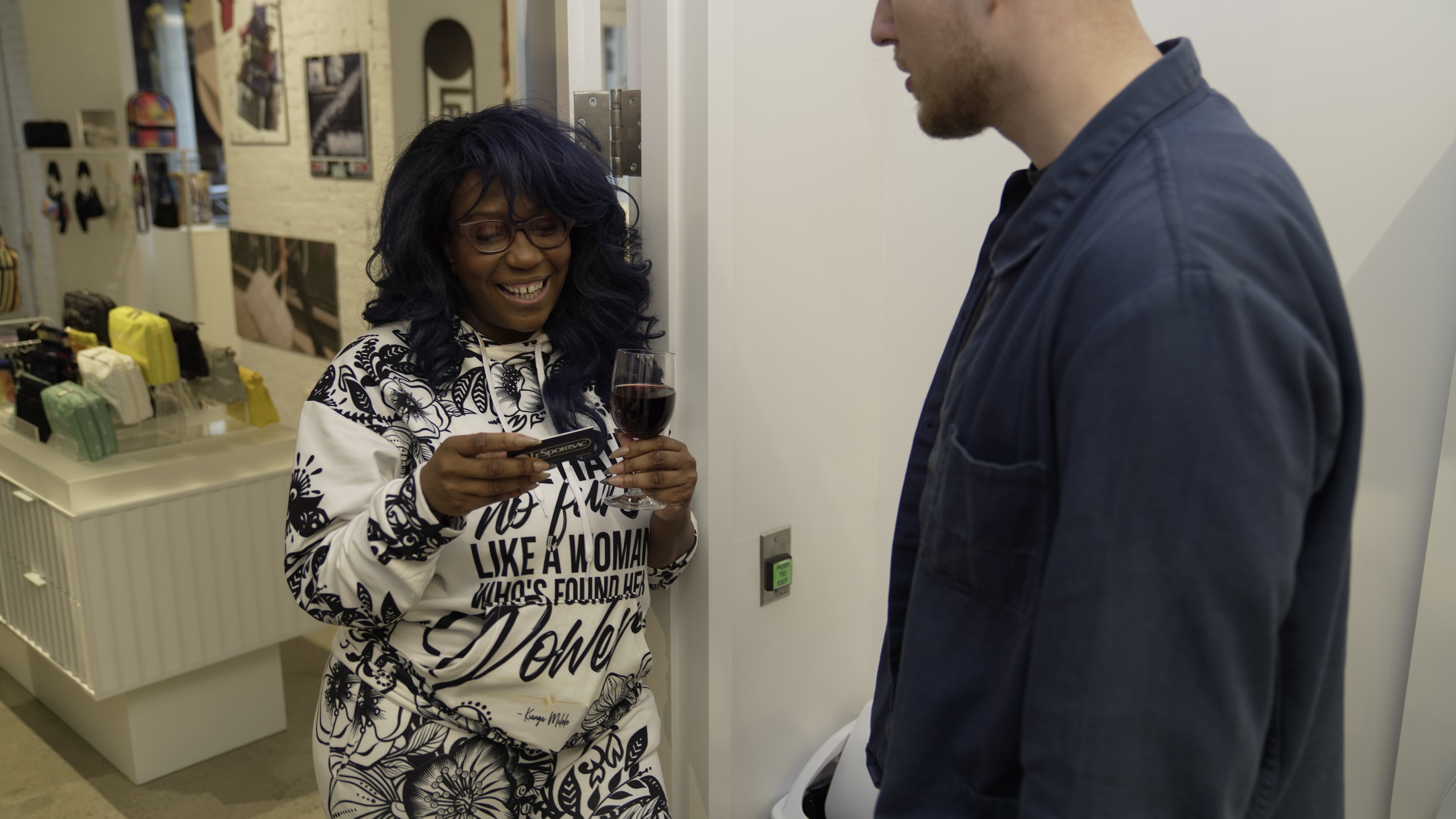

Jonathan Cohen
Sarah Leff, co-founder and chief executive officer of Jonathan Cohen
Thomas Carter Phillips, Stylist
Moderator Edward Barsamian, editorial director of Michelin Guide North America
Thomas Becker and Steven Kolb
Thomas Becker, Chief Operating Officer at LeSportsac
Melitta Baumeister, Fletcher Kasell and Tanner Richie
Eugenia Kim
On Wednesday, LeSportsac opened the doors to its Soho flagship to host the first talk in a series of conversations in partnership with the CFDA. The conversations will feature designers and creatives on what it means to collaborate, trailblaze, inspire, push boundaries and evolve within the changing landscape of New York.
The inaugural edition was moderated by Edward Barsamian, Editorial Director of Michelin Guide North America, and featured CFDA member Jonathan Cohen, his namesake brand’s Cofounder and Chief Executive Officer Sarah Leff, and Thomas Carter Phillips, a stylist and friend of the brand.
CFDA members Gigi Burris O’Hara, Sang A Im-Propp, Eugenia Kim, Marie Laffont sat in the audience alongside 2023 CFDA/Vogue Fashion Fund winner Melitta Baumeister and finalists Tanner Richie and Fletcher Kasell. Thomas Becker, chief operating officer of LeSportsac, welcomed the room before the panel discussion.
Below, an edited version of the conversation.
Thomas, I’d love to talk to you about the project that you were working on that inspired you to reach out to Jonathan Cohen. Can you discuss for all of us here what it was about their work that compelled you to work with them?
Thomas Carter Phillips: The first time I worked with Jonathan was on a custom piece for a client for the Emmy Awards. I had just been introduced to him and come across his work and I loved the vibrancy of his aesthetic. That was 12 years ago. The actress was Uzo Aduba, and it was right after ‘Orange Is the New Black’ came out. She was nominated and won the Emmy, so it was a nice way to start the relationship.
Jonathan Cohen: It was our first big red carpet moment, and to Thomas’ credit, it was kind of amazing that he took a chance like that on us. I knew we could do it, but we figured it all out as we went. What’s amazing about those moments, especially when you’re a young brand, is that these actresses’ kind of work as a walking billboard. Suddenly, you’re exposed to the whole world and the internet. It was the first time we had experienced something like that.
Sarah Leff: And custom doesn’t tie directly back to the collection, so you are kind of standing out on your work. It’s its own work of art at that stage.
Talk a little bit about what the creative process is like when you’re working with each other. How does it start and all come together?
T.C.P.: As a stylist, I work with the client and see where we’re going, what the vibe is and what they want to communicate. For award shows, you tie it back to the project that they’re promoting, and it can come down to a color, a silhouette, or their body type. You then communicate that to the designer who works on sketches and collaborate to make it feel cohesive with the brand and the talent. Uzo was great because she came in and was like, ‘What’s my character?’
J.C.: Yeah, she would get into character before each fitting and ask, ‘What are we all getting at? How are we feeling? How are we standing? What do we want from this?’ For our first big red carpet, that was incredible because that’s my own process. It’s very cinematic and I always think of a movie character.`
Do you see that there is kind of a bump in sales from the red carpet from a business perspective?
S.L.: A lot of times when we make custom dresses, you can’t buy them. They’re sold to one person. For young designers here who are investing in making a custom look, I think you must approach it as an opportunity if there’s a technique you’ve been wanting to invest into or try for the next collection. It’s a great time to test it out because you can put it on the red carpet, and you might get a personal order from it.
We did a custom look for Lupita Nyong’o a few years ago, and we still get orders for this cape from a lot of people coming back to it. And that became a big part of our collection. We did a custom series of the cape that she had on the carpet in different color ways, embroideries, made them trench jackets and then it turned into little denim jackets.
So, don’t think of it as a one-off thing. Think of it as how you can like weave that into your future collections because it is a big investment. Figure out how to expand on that investment.
In what ways have you evolved your businesses over the past decade?
J.C.: When we first started, we were very focused on brick-and-mortar and being in every top specialty store. It’s still a big part of our business and building those trunk shows. Pre-pandemic we moved a lot to direct-to-consumer and custom.
S.L.: Our custom business, since we opened a pop-up in the city, has drastically changed from a concept that we do one-offs to like 60 percent of our direct-to-consumer. Even like this year for the Met, we didn’t work with like celebrity clients, but we worked with a lot of private clients. And it became like a very great thing for our business.
T.C.P.: It’s more about evolving the client and not just working with actresses, but people in different worlds. Instagram has given attention to people that aren’t typically famous. I just started working with this young scientist who I’m really inspired by. She works in the AI space and is an environmentalist. She works with brands that are really conscious about the environment and wants to collaborate with brands that agree with her ethos. It’s inspiring to me because she’s colliding all of her worlds into one, and I think that you see a lot of that with the next generation more so than the previous generation.
Where do you see your brand or business 10 years from now?
J.C.: When we first started, we were always thinking of the next thing. Due to pandemic, I don’t think like that anymore I’m very much present in the moment. I really try to look at things day by day at this point, and I think that’s really helped me stay sane and I think it’s helped me be a better designer.
S.L.: We do have aspirations of what we want to achieve, but we also look in the moment what’s going on economically, what’s going on with our stores, what’s going on with our customers, and we can pivot pretty quickly.
That’s the beauty of the fashion industry. Things move, and you either move with it or you’re left behind. I think that’s a good thing because I think it constantly pushes you to evolve as an artist and designer, but also as a person. You never want to get stuck.
